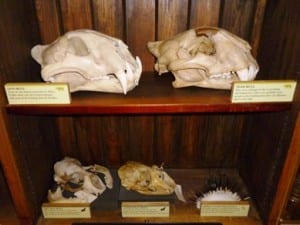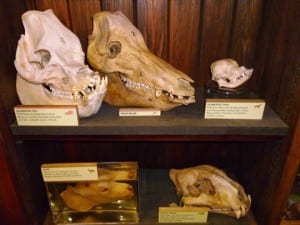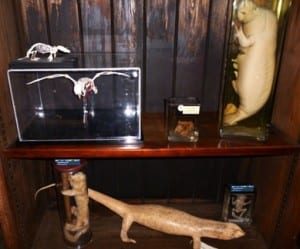The future of science exhibitions in museums
By Mark Carnall, on 21 September 2012
Last Thursday I was invited along to talk at a panel about the future of science exhibitions in museums at Imperial College’s 21st Anniversary celebration of the MSc Science Communication course. I was joined by Alison Boyle, Curator of Astronomy & Modern Physics from the Science Museum and James Peto, Senior Curator at the Wellcome Collection and chaired by Rachel Souhami, Lecturer in Science Communication at Imperial. Preparing for the panel discussion caused some mild pontificating on my part so I thought I’d put some of the thoughts conjured from my crystal ball up here for everyone to see. (more…)
 Close
Close




 Should species like red squirrels be protected in England when they are common in Europe?
Should species like red squirrels be protected in England when they are common in Europe?


